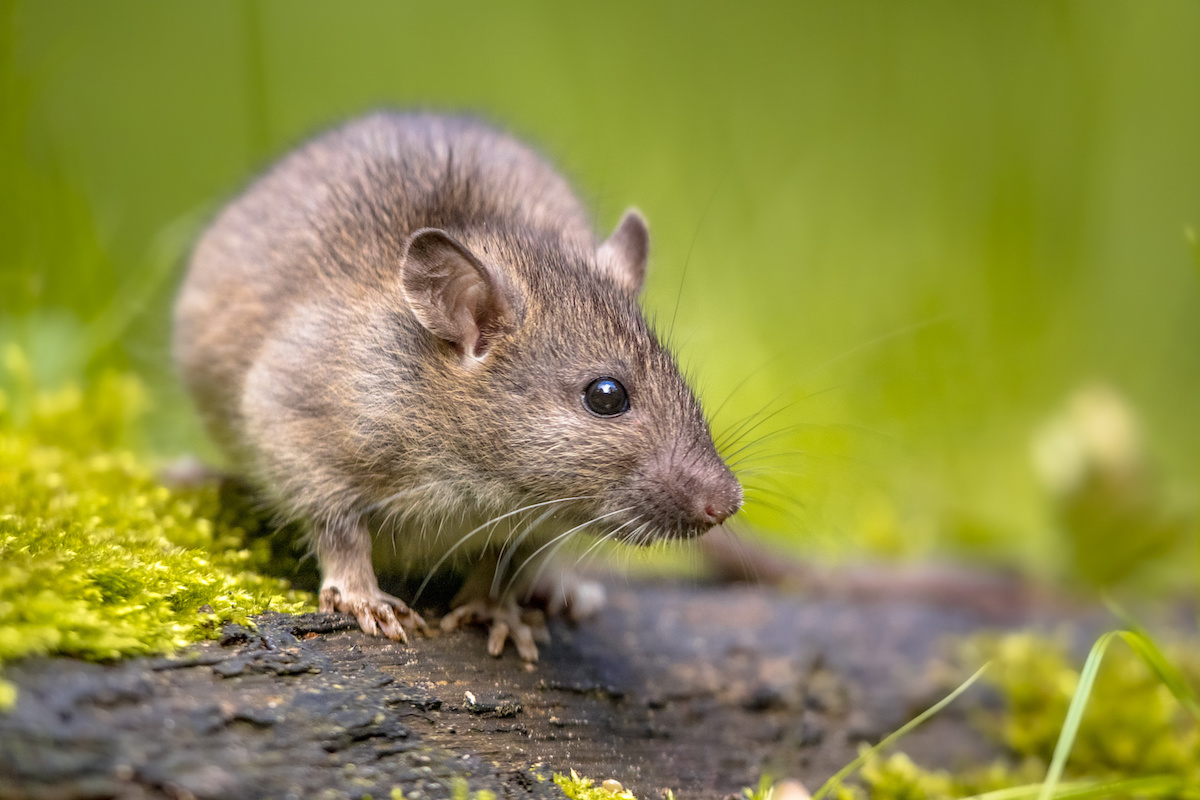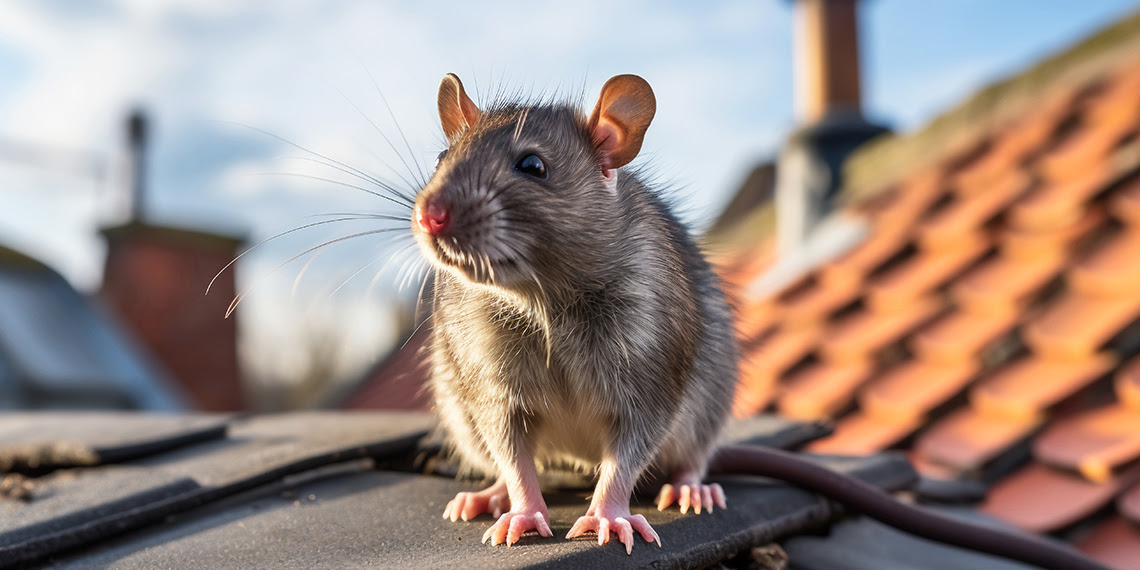How Big Can a Roof Rat Get and What to Know About Them?
Share
When it comes to the world of rodents, few creatures are as notorious as the roof rat. You're probably wondering, how big can a roof rat get? Understanding their size, behavior, and habitat can be essential for homes and businesses trying to keep these pests at bay.
Roof rats are typically smaller than their cousin, the Norway rat. On average, adult roof rats measure from 8 to 10 inches long, excluding their tails, which can add another 7 to 10 inches. The total length can range from 15 to 20 inches, making them distinctly noticeable. While you'll find roof rats in urban areas worldwide, their size can vary based on environmental conditions and food availability.

What are Roof Rats?
Roof rats, also known as black rats or ship rats, belong to the family Muridae. Unlike their ground-dwelling counterparts, roof rats prefer higher locations such as attics, roofs, or trees. Their slender bodies and long tails provide them with excellent climbing abilities. This section will cover what makes these rodents unique.
Physical Characteristics of Roof Rats
Roof rats are known for their large ears and long, pointed snouts. Their fur ranges from soft brown to black, with a lighter underbelly. Being nocturnal, they are most active at night and are usually elusive during the day. Besides their size, their agility differentiates them from other rodent types.

Identifying Roof Rats in Your Home
Understanding how big a roof rat can get helps in identifying an infestation. Here are signs to look out for:
- Droppings: Roof rat droppings resemble small black rice grains.
- Gnaw Marks: Look for gnaw marks on wooden beams and wires.
- Noises: Scratching sounds in walls or ceilings, especially at night.
To read more about identifying roof rats, you can visit the article on identifying roof rats.

How Can Environment Affect Roof Rat Size?
Roof rats thrive in areas that provide ample food and nesting materials. Urban regions often supply more food sources from garbage, gardens, and fruit-bearing trees. These conditions can potentially lead to larger size due to plentiful resources, while harsh environments may stunt their growth.
Common Habitats for Roof Rats
As previously mentioned, roof rats prefer elevated locations. They inhabit:
- Trees: They often build nests in trees or shrubs.
- Attics: An ideal cozy spot for resting.
- Rooftops: They can easily access roofs and gutters.
For more details on roof rat habitats, check out this habitat details.

Risks Associated with Roof Rats
Understanding how big can a roof rat get is crucial for recognizing the potential risks associated with these creatures. Not only do they pose risks of damage to property, but they can also transmit diseases. Roof rats can carry hantavirus, leptospirosis, and other serious ailments. Being nocturnal, their presence can go unnoticed until the infestation has worsened.
How to Prevent a Roof Rat Infestation
Prevention is always better than cure. Here are practical ways to minimize the risk of roof rats invading your space:
- Seal Entry Points: Check for holes in walls and roofs.
- Food Storage: Store food in airtight containers.
- Trimming Vegetation: Cut back trees that overhang roofs.
For insights on how to combat roof rat issues, please visit catching roof rats.
FAQs About Roof Rats
Q: What are the main differences between roof rats and Norway rats?
A: Roof rats are usually smaller with longer tails, while Norway rats are bulkier and found more often at ground level.
Q: Can roof rats be kept as pets?
A: No, roof rats are wild animals and can carry diseases. Its not advisable to keep them as pets.
Q: How can I tell if I have a roof rat problem?
A: Look for droppings, gnaw marks, and sounds during the night.
As an Amazon Associate, I earn from qualifying purchases.
As an Amazon Associate, I earn from qualifying purchases.
